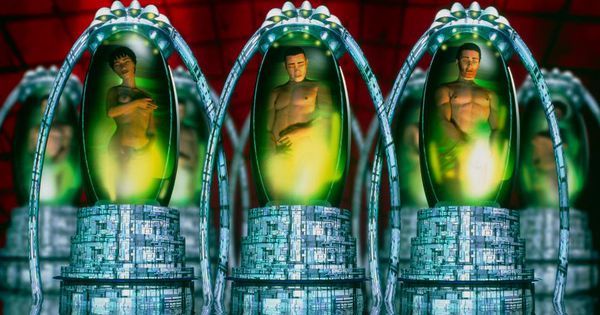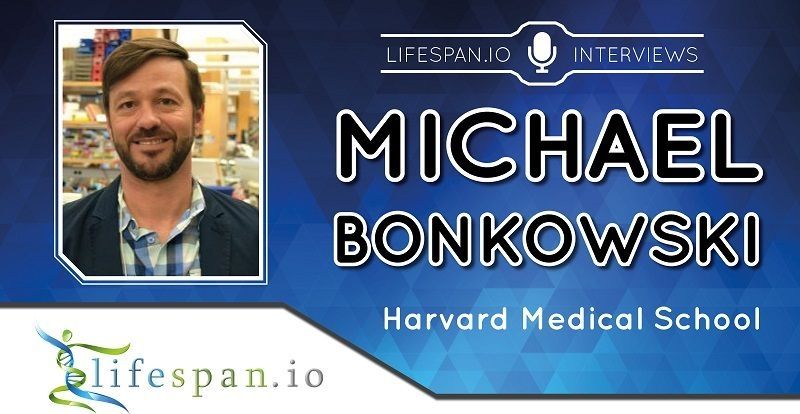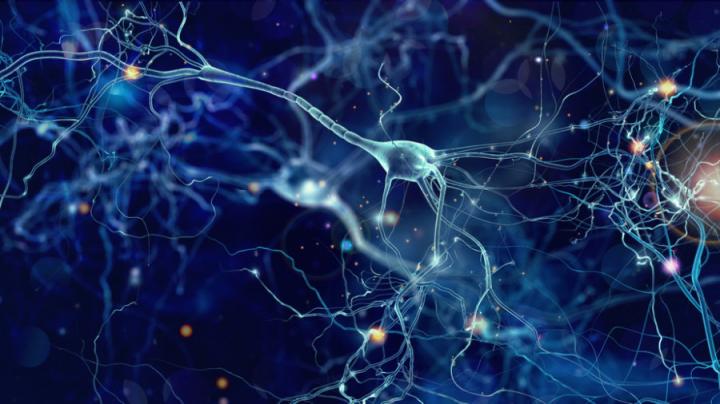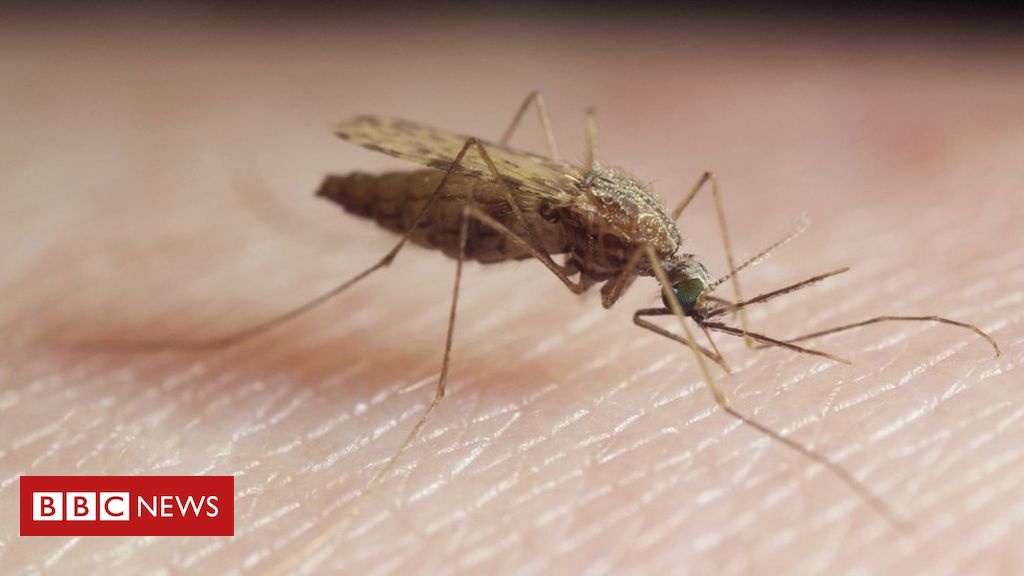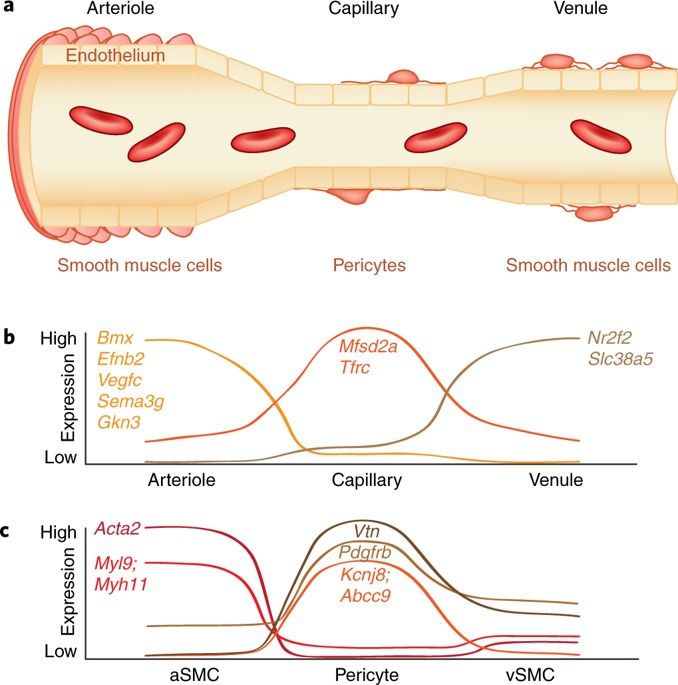Certainly, there are those in the movement who espouse the most extreme virtues of transhumanism such as replacing perfectly healthy body parts with artificial limbs. But medical ethicists raise this and other issues as the reason why transhumanism is so dangerous to humans when what is considered acceptable life-enhancement has virtually no checks and balances over who gets a say when we “go too far.” For instance, Kevin Warwick of Coventry University, a cybernetics expert, asked the Guardian, “What is wrong with replacing imperfect bits of your body with artificial parts that will allow you to perform better – or which might allow you to live longer?” while another doctor stated that he would have “no part” in such surgeries. There is, after all, a difference between placing a pacemaker or performing laser eye surgery on the body to prolong human life and lend a greater degree of quality to human life, and that of treating the human body as a tabula rasa upon which to rewrite what is, effectively, the natural course of human life.
While many https://whatistranshumanism.org/#what-is-a-transhuman” target=”_blank” rel=” nofollow noopener noreferrer” data-ga-track=” ExternalLink: https://whatistranshumanism.org/#what-is-a-transhuman”> transhumanist ideals remain purely theoretical in scope, what is clear is that females are the class of humans who are being theorised out of social and political discourse. Indeed, much of the social philosophy surrounding transhumanist projects sets out to eliminate gender in the human species through the application of advanced biotechnology and assisted reproductive technologies, ultimately inspired by Shulamith Firestone’s https://teoriaevolutiva.files.wordpress.com/2013/10/fireston…lution.pdf” target=”_blank” rel=” nofollow noopener noreferrer” data-ga-track=” ExternalLink: https://teoriaevolutiva.files.wordpress.com/2013/10/fireston…lution.pdf”> The Dialectic of Sex and much of Donna Haraway’s writing on https://warwick.ac.uk/fac/arts/english/currentstudents/under…sm_in_the_…pdf” target=”_blank” rel=” nofollow noopener noreferrer” data-ga-track=” ExternalLink: https://warwick.ac.uk/fac/arts/english/currentstudents/under…sm_in_the_…pdf”> cyborgs. From parthenogenesis to the creation of artificial wombs, this movement seeks to remove the specificity of not gender, but sex, through the elision of medical terminology and procedures which portend to advance a technological human-cyborg built on the ideals of a post-sex model.
